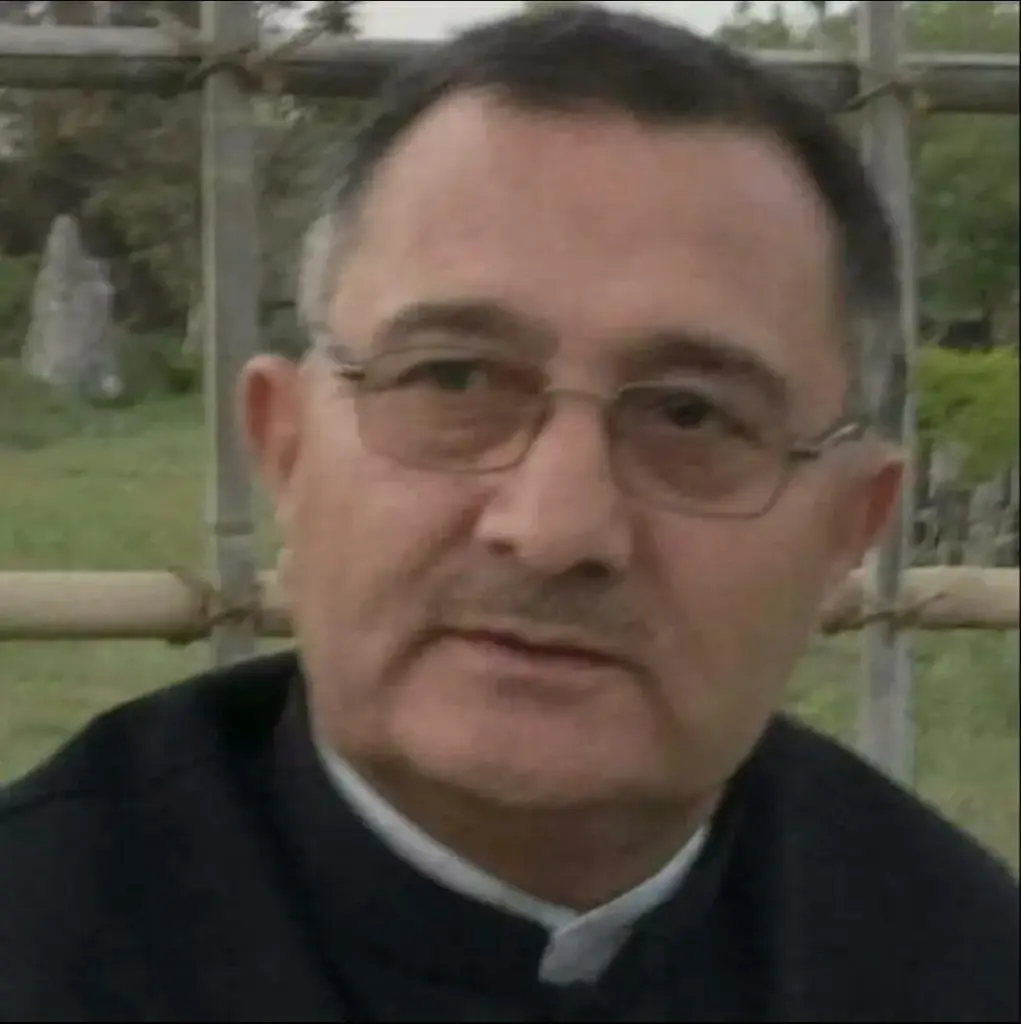
Srinagar—the crown jewel of Kashmir—is renowned for its tranquil lakes, historic gardens, and majestic mountains. Yet behind this natural beauty lies a harsh reality: the city is sinking under a growing traffic mess. What should be a scenic and smooth urban experience has, over the years, turned into daily chaos. Gridlocked roads, non-functional traffic signals, unregulated public transport, and rampant roadside parking have made commuting in Srinagar a test of patience and endurance.
This is not a mere inconvenience—it is a public safety issue, an economic burden, and a glaring indicator of administrative failure. Unlike natural disasters, this crisis is man-made. It is the product of weak enforcement, poor urban planning, and the absence of accountability at multiple levels of governance. Citizens pay the price daily, in lost time, accidents, environmental hazards, and frustration, while the administration continues to overlook both systemic and simple solutions.
This article delves deep into the causes, consequences, and urgent solutions for Srinagar’s traffic mess, examining why the city—a place blessed with unmatched natural beauty—has become a case study in urban mismanagement.
ROADS TURNED INTO PARKING LOTS: CHAOS EVERYWHERE
One of the most visible contributors to traffic congestion in Srinagar is haphazard parking. From Lal Chowk to Batamaloo, Hyderpora to Qamarwari, and in Old City areas like Nawab Bazar, Zainakafal, and Safakafal, private vehicles are parked along road margins throughout the day. Narrow streets, intended for movement, have been transformed into obstacle courses, forcing pedestrians onto busy roads and blocking emergency vehicles.
The absence of structured parking facilities in commercial hubs has turned the roads into informal parking lots. Instead of investing in multi-level parking structures or designated slots, authorities have allowed streets to double as parking zones. This free-for-all approach has created daily bottlenecks and safety risks for pedestrians and motorists alike.
In most modern cities, structured parking is considered non-negotiable. Srinagar’s failure is not due to a lack of resources but a lack of will. The continued tolerance of roadside parking highlights an unwillingness to enforce basic urban discipline, reflecting a deeper problem of governance apathy.
NON-FUNCTIONAL TRAFFIC SIGNALS: WASTED INVESTMENT
Over the past decades, the Srinagar administration invested heavily in traffic signals to modernize urban traffic management. Today, the results are disheartening: most signals are non-functional, poorly maintained, or outright ignored. At intersections where signals exist, compliance is minimal because enforcement is weak.
The intended modernization has instead become a symbol of wasted taxpayer money. Intersections, instead of being orderly, have become zones of chaos where drivers compete aggressively for priority, often resulting in accidents and severe traffic snarls.
A functional signaling system requires more than equipment—it demands monitoring, maintenance, and accountability. Srinagar lacks all three. When traffic signals fail, and drivers operate without rules, the city’s roads descend into lawlessness, exposing commuters to unnecessary risk.
UNAUTHORIZED SUMO STANDS AND ABSENCE OF BUS STOPS: CHOAS ON WHEELS
Adding to the traffic mess are unauthorized sumo stands and the complete absence of identified bus stops. Illegal sumo stands mushroom along main roads, narrowing carriageways and suffocating traffic flow. Equally problematic is that buses and sumo stop anywhere, anytime, in the absence of designated stops. Passengers are picked up or dropped off directly into moving traffic, often in the middle of busy streets, creating life-threatening situations for commuters and pedestrians alike.
This unregulated behavior not only obstructs traffic but also increases the risk of accidents. Well-managed cities implement strategically located public transport stops and strictly enforce them. Srinagar, however, has failed to even identify such stops, leaving drivers and commuters to navigate a city where lawlessness has become normalized. The administration’s inaction signals not just negligence, but a disregard for public safety and urban order.
SHALTENG CROSDING: THE CITY’S DAILY TRAP
Among Srinagar’s most notorious choke points is Shalteng crossing. Every day, buses and passenger vehicles halt in the middle of the junction, blocking movement in all directions. Ironically, addressing the problem requires little more than disciplined policing and consistent enforcement. A few vigilant traffic cops could prevent vehicles from stopping in the middle and keep traffic moving.
Yet, the reality is starkly different. Traffic personnel are often absent, passive, or inconsistent in their duties, while commuters spend hours trapped in jams. Shalteng represents the larger problem in Srinagar: simple, low-cost measures are ignored while the public bears the brunt.
ACCIDENT-PRONE STRETCHS: UMSRABAD–LAWAYPORA
The stretch from Shalteng to Umarabad and Lawaypora is among the most dangerous in Srinagar. With no pedestrian infrastructure, chaotic stops, and no regulated crossings, this area is a daily hazard for commuters and residents. Pedestrians—including schoolchildren—are forced to navigate dangerous roads without footbridges or sidewalks, making accidents frequent.
Despite the evident danger, the administration waits for tragedies to occur before taking action. Even then, interventions are often temporary or cosmetic. The cycle of neglect repeats, leaving citizens vulnerable and frustrated.
BATMALOO BUS STAND RELOCATION: COSMETIC SOLUTIONS
The historic Batamaloo bus stand was relocated to Parimpora with promises of decongestion. In reality, the move merely shifted the problem rather than solving it. Parimpora, already a busy connector to district routes, experienced increased congestion, while commuters faced longer and more inconvenient journeys.
Such piecemeal approaches highlight the lack of systemic planning. Instead of addressing root causes—like road width, public transport regulation, and structured stops—authorities implement cosmetic fixes, exporting chaos from one part of the city to another.
ADMINISTRATIVE APATHY: THE ROOT OF THE CRISES
Srinagar’s traffic mess is not a result of natural limitations or a lack of resources. Public funds have been invested in traffic lights, parking schemes, and bus stands, but many projects remain incomplete, dysfunctional, or ill-conceived.
The real problem is a lack of vision, honesty, and accountability. Enforcement is weak, projects are cosmetic, and officials routinely ignore their duties. This administrative apathy turns preventable problems into permanent crises. Citizens pay the price in lost productivity, safety risks, and frustration, while authorities remain indifferent.
LEARNING FROM OTHER CITIES: NO EXCUSE FOR FAILURE
Cities like Bangalore, Jaipur, Chandigarh, and Pune face far greater congestion challenges than Srinagar, yet manage traffic through strategic planning, pedestrian-friendly infrastructure, integrated bus stations, and strict enforcement.
If these cities, with denser populations and heavier traffic, can implement effective solutions, Srinagar can too. The barrier is not money or geography—it is mindset. Traffic is not a nuisance to tolerate; it is a public service to manage scientifically and consistently.
CONSEQUENCES OF CONTINUED NEGLECT
The stakes of inaction are high. If the administration continues to neglect traffic management, Srinagar will face:
Productivity Losses: Hours wasted in daily jams impact work efficiency, commerce, and public services.
Fatal Accidents: Especially on high-risk stretches like Shalteng–Umarabad–Lawaypora.
Tourism Setbacks: Visitors leave with negative impressions, undermining Kashmir’s reputation as a tourist destination.
Environmental Damage: Idling vehicles increase pollution, worsening air quality and public health.
Public Frustration: Trust in governance erodes as citizens perceive indifference and negligence.
The cost of neglect far exceeds the cost of well-planned, evidence-based interventions.
Urgent Measures for Relief
Srinagar needs immediate, disciplined action to restore order on its roads. Key interventions include:
- Strict Policing
Deploy traffic personnel at critical junctions, especially Shalteng.
Impose fines for roadside parking, random stops, and unauthorized sumo stands.
- Functional Traffic Signals
Repair all traffic lights and establish monitoring systems.
Ensure compliance through consistent enforcement.
- Remove Illegal Stands and Establish Bus Stops
Dismantle unauthorized sumo and taxi stands.
Identify and create designated, regulated public transport stops.
Strictly enforce use of these stops to prevent random halts.
- Safe Pedestrian Infrastructure
Construct footbridges at Umarabad and Lawaypora.
Build sidewalks to protect pedestrians from vehicular traffic.
- Parking Solutions
Establish multi-level parking in major markets.
Ban roadside parking on arterial roads to improve flow.
- Comprehensive Traffic Masterplan
Develop a long-term, city-wide traffic and transport strategy.
Learn from successful models in Bangalore, Chandigarh, and Jaipur.
Integrate traffic management with urban development and tourism planning.
These measures are not expensive, but they require vision, discipline, and a commitment to public welfare—qualities that have been sorely lacking.
CONCLUSION: VISION, ACCOUNTABILITY, AND URGENCY
Srinagar’s traffic chaos is not fate—it is a failure of governance. Natural beauty alone cannot sustain urban dignity. What the city requires is functioning systems: operational traffic signals, disciplined junctions, structured parking, safe pedestrian spaces, and regulated public transport. Anything less is a betrayal of public trust.
With proper planning and consistent enforcement, Srinagar has the potential to become a model of urban management in a sensitive and ecologically rich region. Vision, honesty, and accountability must replace excuses, apathy, and cosmetic fixes.
If authorities fail to act, Srinagar will continue to suffocate under its own traffic. The question remains: will the administration finally wake up to the crisis, or will the city continue to pay the price for years to come?
Traffic management is not just about vehicles—it is about citizens’ safety, productivity, and dignity. It is about reclaiming Srinagar’s streets for its people. The time for planning, regulation, and accountability is long overdue.
The author is a freelancer, Nations TV debater, and columnist. Views expressed are personal and can be reached at ahmzdayaz0@gmail.com





